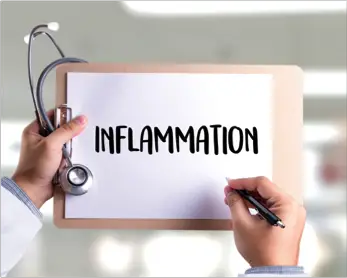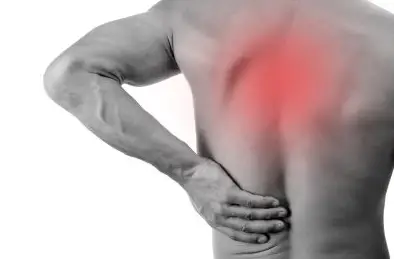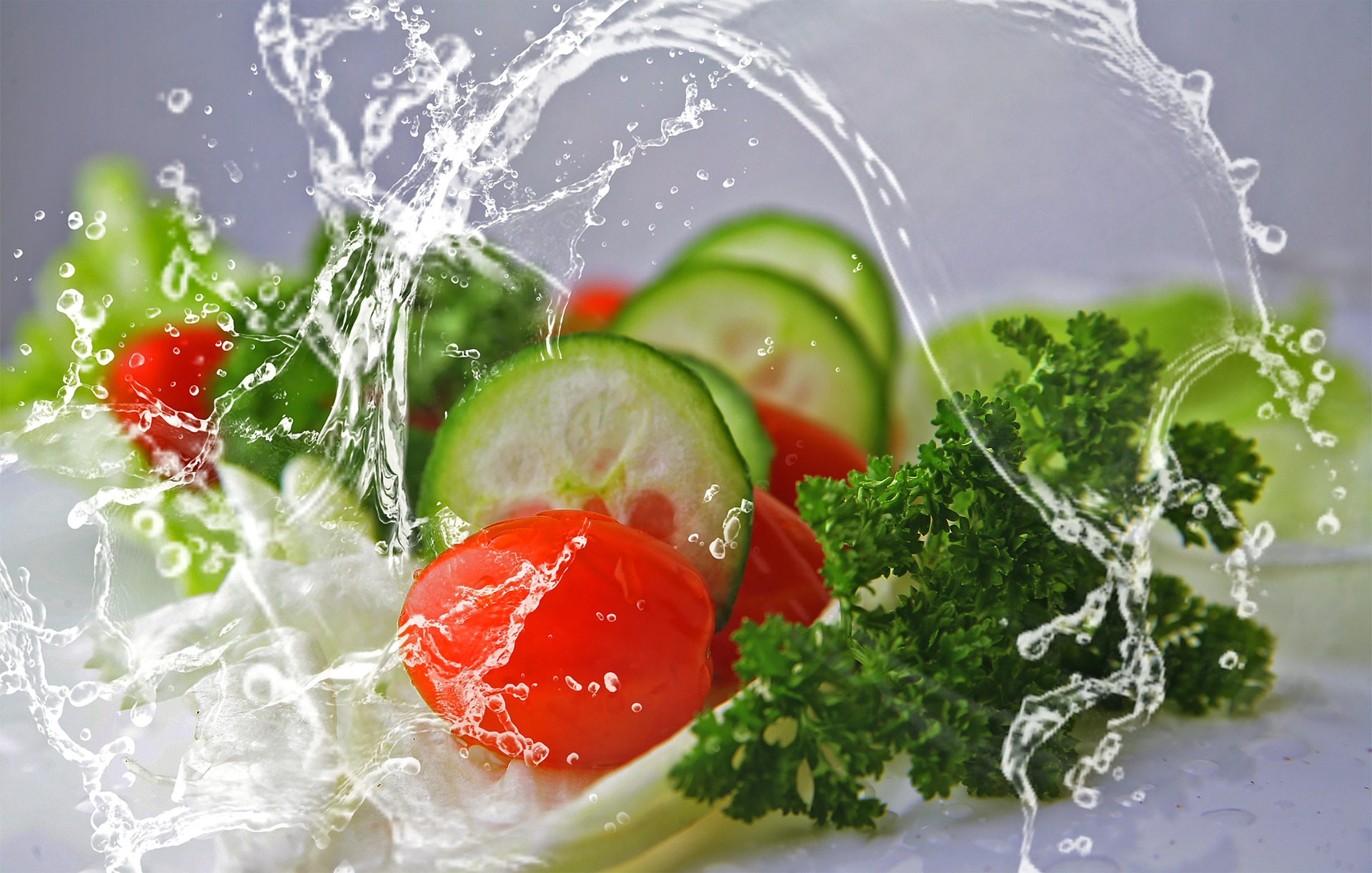It is called the evil of the century. 8 out of 10 French people are or will be affected by back pain at least once in their life. Often this pain is secondary to a inflammation that our body undergoes and it seems that our way of eating there is something for it!
Read the article below to know more about how our diet affects our back pain.
Inflammation, back pain and diet, what is the link?
Inflammation is a normal immune response that helps heal injuries or fight disease. But when it occurs in healthy tissues and persists over time, it can cause many chronic diseases, including back pain.
Until recently, the role of nutrition was not well studied in this area. However, it is becoming increasingly clear that there is a strong link between inflammation, unhealthy food intake and back pain:
On the one hand, it is believed that certain cells in our body, such as fat cells, facilitate the production of inflammatory factors additional. Thus, weight loss will not only decrease the mechanical stress on the spine and back muscles, but may also help reduce overall inflammation.
On the other hand, certain foods can increase our cholesterol level, as well as our risk ofatherosclerosis. The theory of atherosclerosis and back pain states that: " a blocked artery impairs your body's ability to heal back injuries and eliminate pain…blocked lumbar arteries can go a long way in intensifying and prolonging pain ". Namely that the preferred place for the formation of these atherosclerotic plaques is just near the lumbar arteries, in the lower back. When these arteries become clogged, they prevent normal blood flow to the back; which causes the famous pains of low back pain. (1)
Top Foods That Increase Inflammation
Saturated fat mainly from fatty meats and dairy products increase inflammation by altering the body's natural anti-inflammatory process and producing eicosanoids. They are derivatives of fatty acid oxidation and one of the main mediators of inflammation. Saturated fats also increase the level of total cholesterol and LDL (bad cholesterol), which increases the risk of atherosclerosis.
Even more dangerous than saturated fats are trans fatty acids (a form of unsaturated fat). Not only do these clog arteries, increase inflammation and LDL levels, but they lower good HDL cholesterol. The latter is essential for capturing excess cholesterol in the blood and transporting it to the liver to be eliminated with the bile. Margarine, Fries and sauces are the main sources of trans fatty acids.
Foods that lower inflammation
It is not enough to eliminate foods that cause inflammation, but it would also be important to adopt a anti-inflammatory diet.
Omega-3
Among the anti-inflammatory foods, fatty fish (sardines, anchovies, tuna, mackerel and salmon) occupy the first place because they are rich in EPA of the omega-3 family. Other plant sources of omega-3s are cold-pressed virgin oils, such as flaxseed, walnut and canola oil, as well as oilseeds. Omega-3s help reduce inflammation by reducing the production of pro-inflammatory molecules (prostaglandins, cytokines) and by stimulating the production of anti-inflammatory molecules (resolvins, protectins).
antioxidants
Then come the antioxidant foods such as fruits and green vegetables, especially those with leaves (cabbage, broccoli, spinach) which contain sulforaphane, an active anti-inflammatory ingredient. Turmeric is also well known for its anti-inflammatory properties. Associated with pepper, curcumin which is the active ingredient of turmeric is even more bioavailable. Green tea is also very rich in anti-inflammatory and antioxidant organic molecules.
Sulfur compounds
Finally, come the sulfur compounds contained in garlic and onion. Unfortunately, as these foods are processed, some of their sulfur compounds are destroyed. This is why it would be useful to obtain it in the form of food supplements. One of the most reliable is the OptiMSM (methyl-sulfonyl-methane), known to effectively help reduce inflammation in the body. It can help relieve pain and swelling associated with arthritis, tendonitis and back pain. By stimulating the production of collagen, optiMSM has also been shown to be effective in improving joint health and muscle recovery.
References :
- Leena Inkeri Kauppila. Atherosclerosis and Disc Degeneration/Low-Back Pain – A Systematic Review. European journal of vascular and endovascular surgery: the official journal of the European Society for Vascular Surgery. 2009









